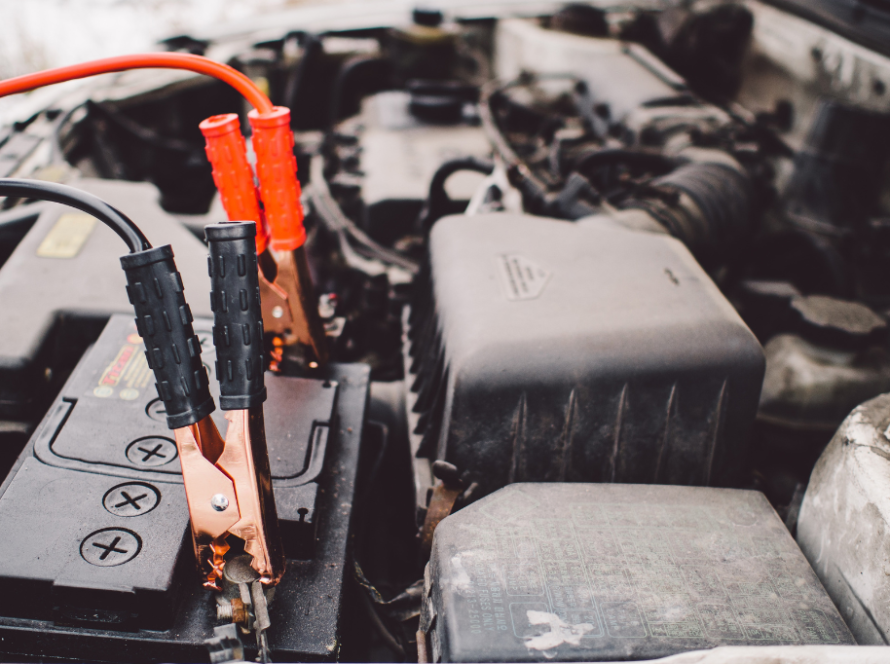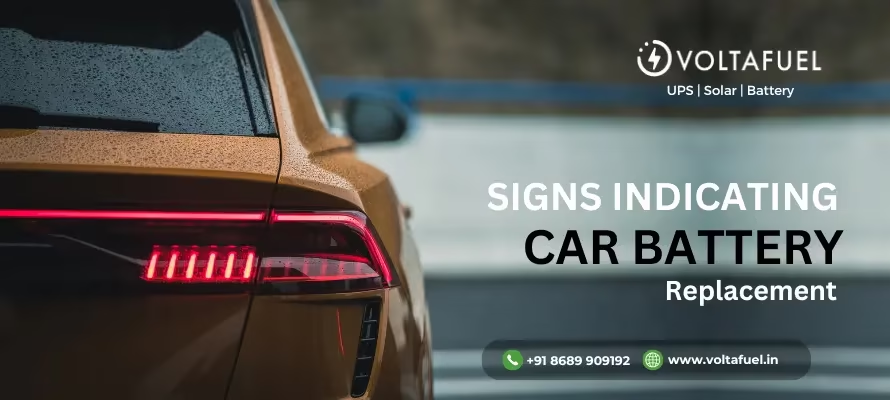How to Put Water In The Battery | Check the battery type | Voltafuel Sangamwadi Pune
How to Put Water In The Battery It’s important to note that not all car batteries require the addition of water. Modern maintenance-free batteries, also known as sealed batteries, typically do not require water refills as they are designed to be maintenance-free. These batteries are sealed and have sufficient electrolytes to last their intended lifespan.
However, if you have an older-style battery that requires water, here are the steps to add water safely:
Safety first:
Ensure you are wearing protective gloves and eye protection to prevent any potential acid contact or splashes.
Locate the battery:
Open the hood of your car and locate the battery. The battery is usually a rectangular or square-shaped box with two terminals (+ and -).
Examine the battery for any indications of whether it is a maintenance-free (sealed) battery or a traditional battery that requires water. Maintenance-free batteries typically have a label indicating they are sealed and do not require water.
Check the battery type:
Examine the battery for any indications of whether it is a maintenance-free (sealed) battery or a traditional battery that requires water. Maintenance-free batteries typically have a label indicating they are sealed and do not require water.
Remove the caps:
If you determine that your battery requires water, look for removable caps on the top of the battery. Most traditional batteries have a series of caps that cover openings for adding water.
Inspect the electrolyte levels:
Check the electrolyte levels in each cell of the battery. There are typically six cells in a car battery. The electrolyte (a mixture of water and sulfuric acid) should be covering the lead plates inside each cell. If the electrolyte level is below the top of the plates, it’s an indication that water needs to be added.
Add distilled water:
Using a funnel or specific battery water filling jug, carefully pour distilled water into each cell to reach the appropriate level. Avoid overfilling the cells as it may lead to electrolyte overflow during charging.
Recap the cells:
After adding water, securely recap each cell of the battery.
Clean any spills:
If you accidentally spill any water or electrolyte during the process, clean it up immediately with a cloth or paper towel. Avoid getting any liquid on the car’s paint or other sensitive areas.
Reconnect terminals:
Once you have completed adding water, ensure that all caps are properly secured and tight. Then, reconnect the battery terminals, starting with the positive terminal (+) and then the negative terminal (-).
It’s important to note that adding water to a battery is a temporary solution and may indicate that your battery needs replacement. If you find yourself frequently adding water, it could be a sign of a battery problem, and it’s advisable to have the battery tested or replaced by a professional.


